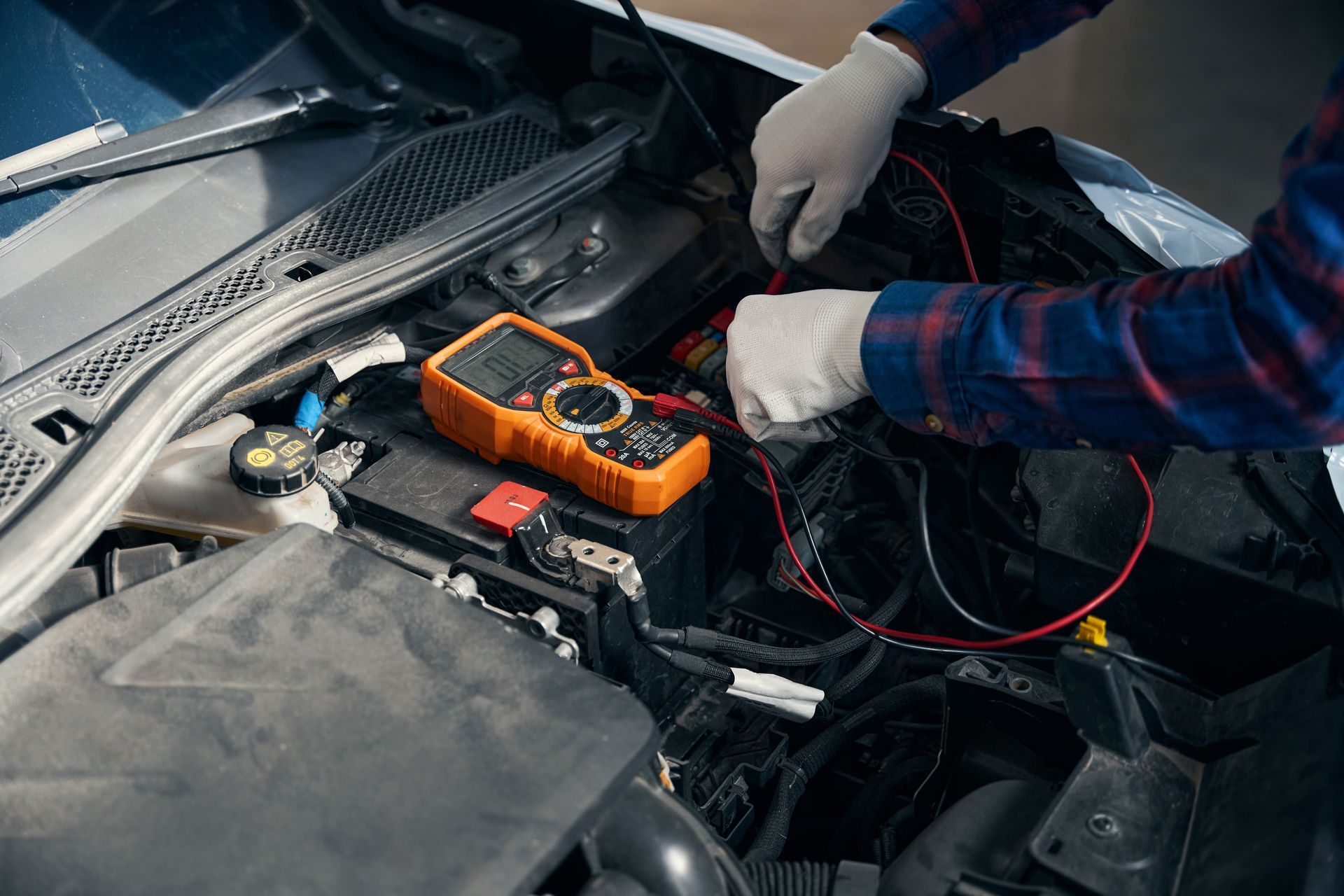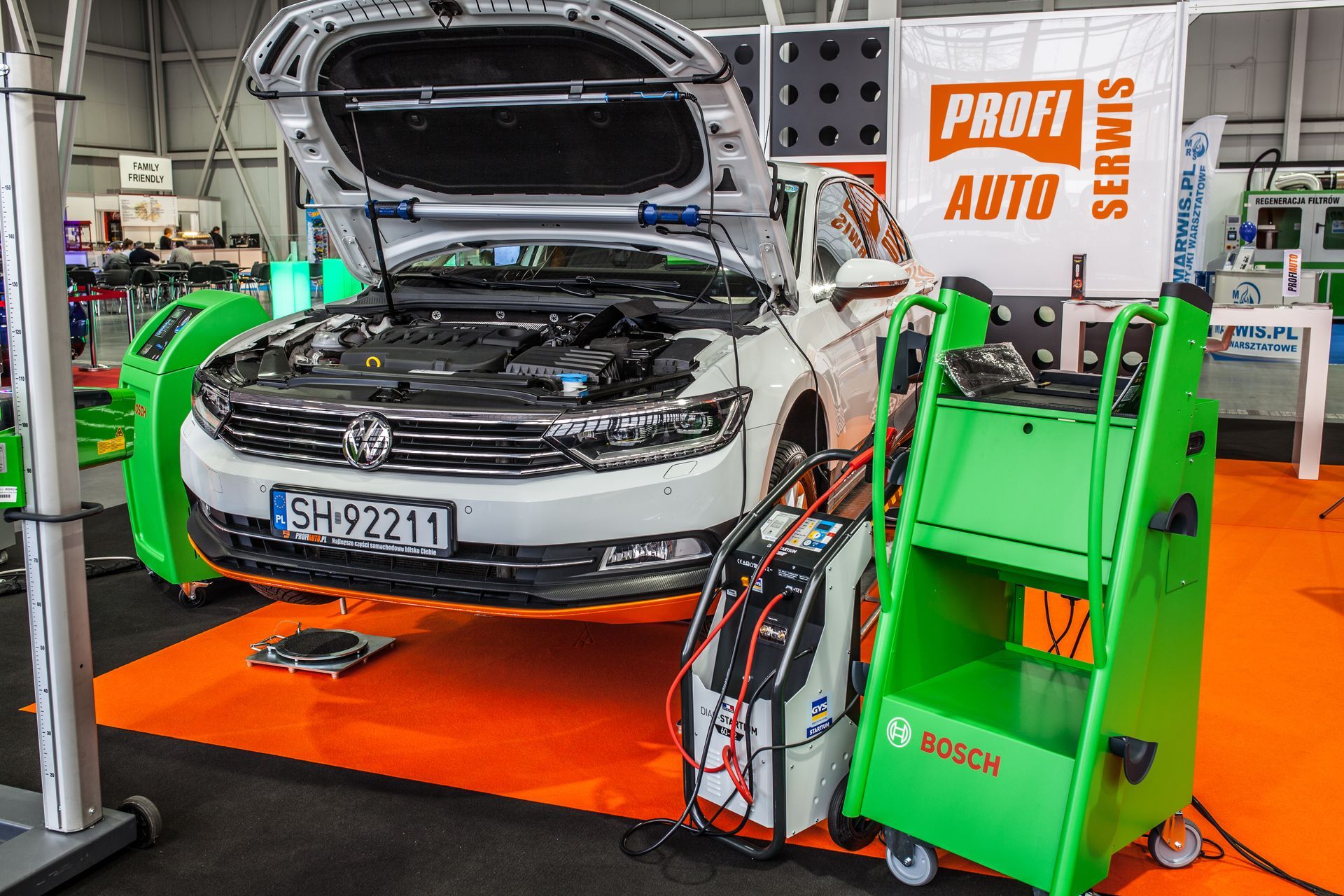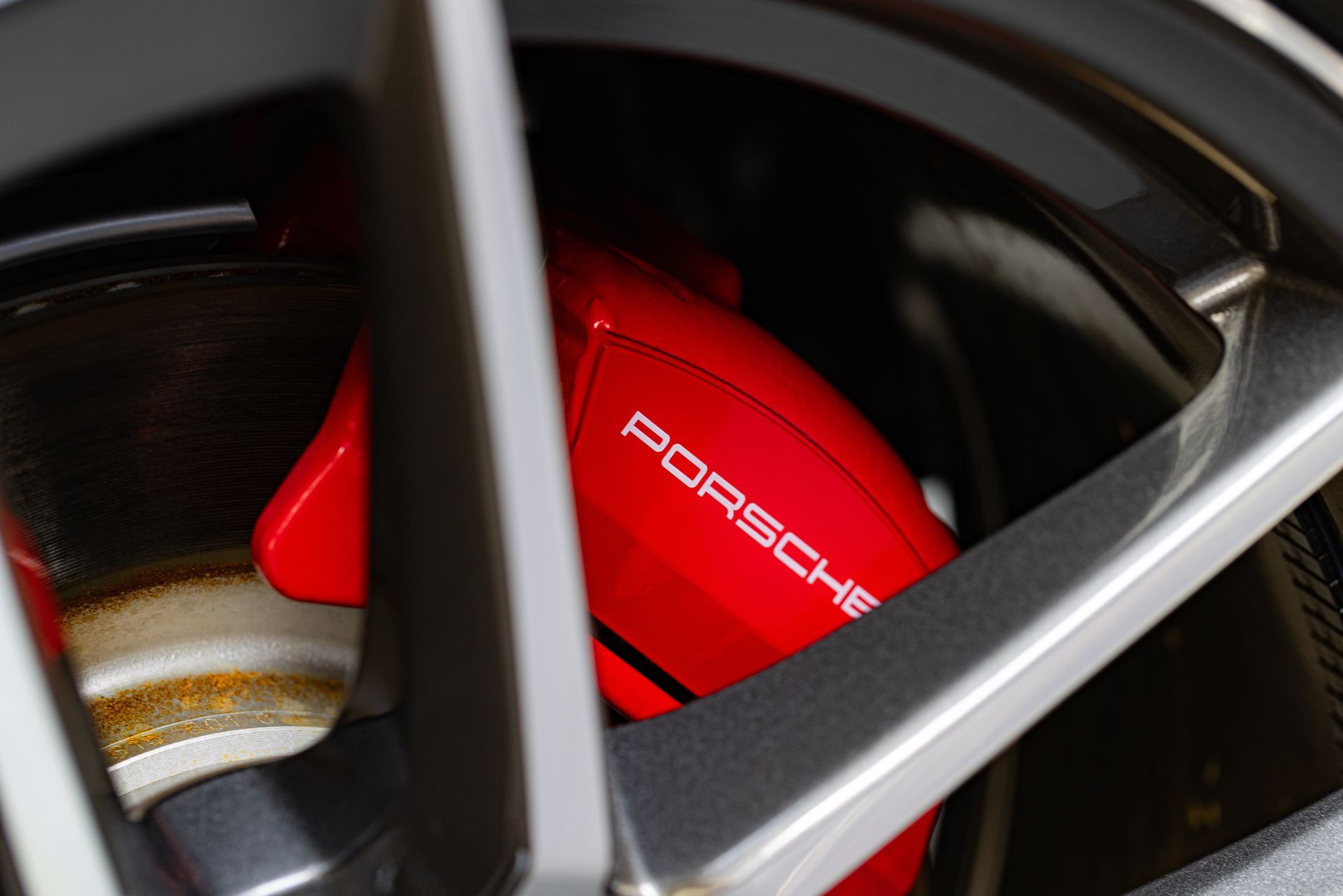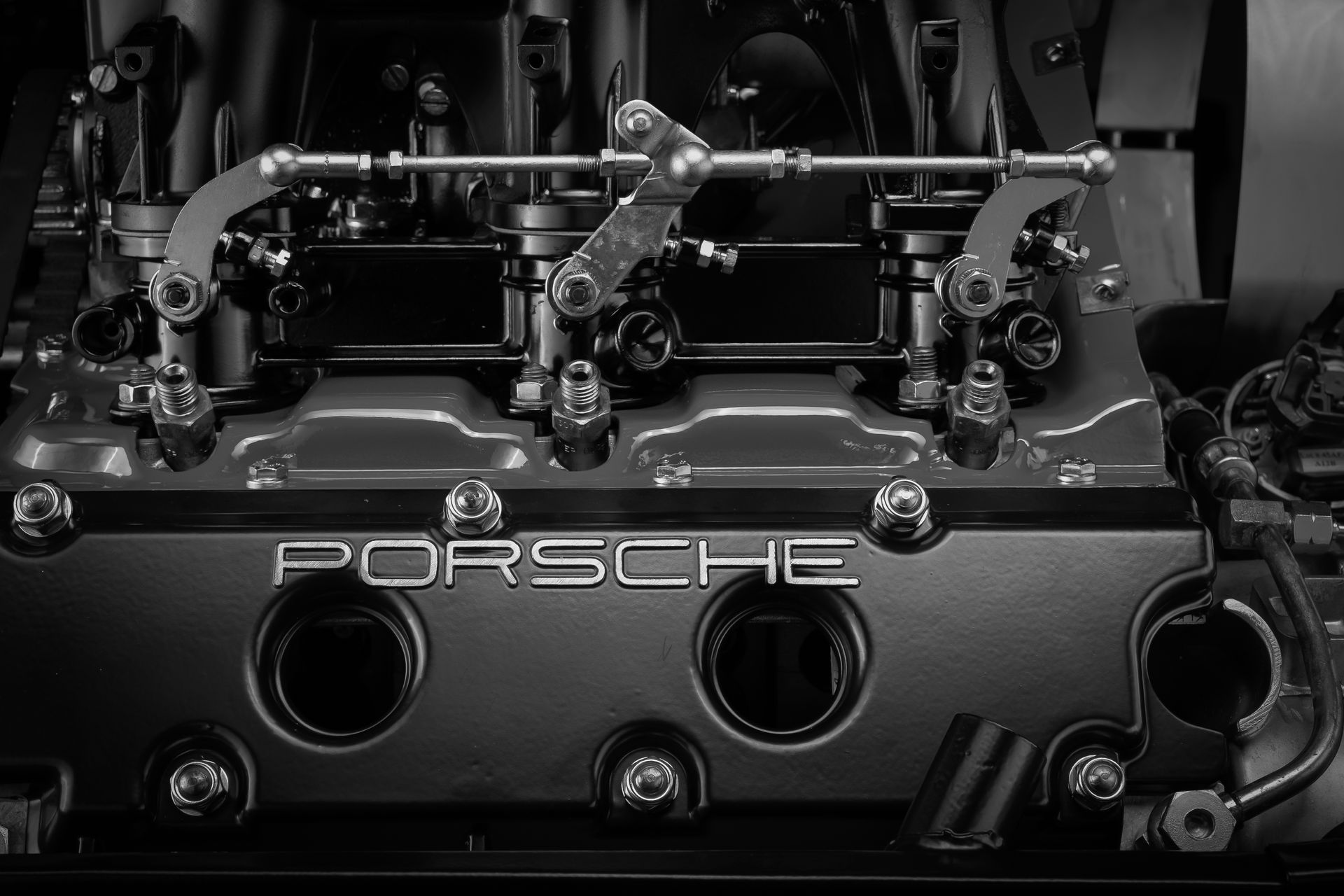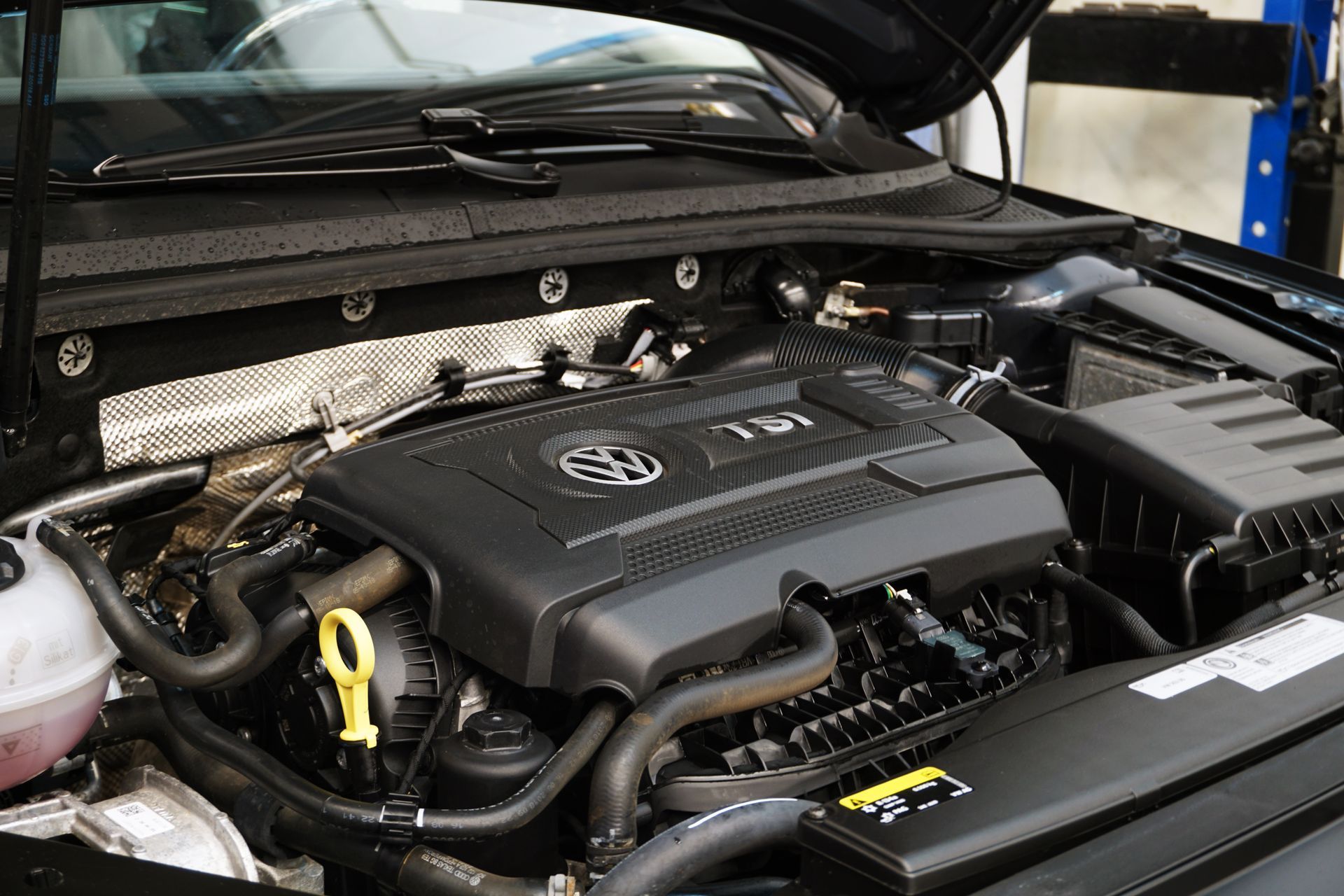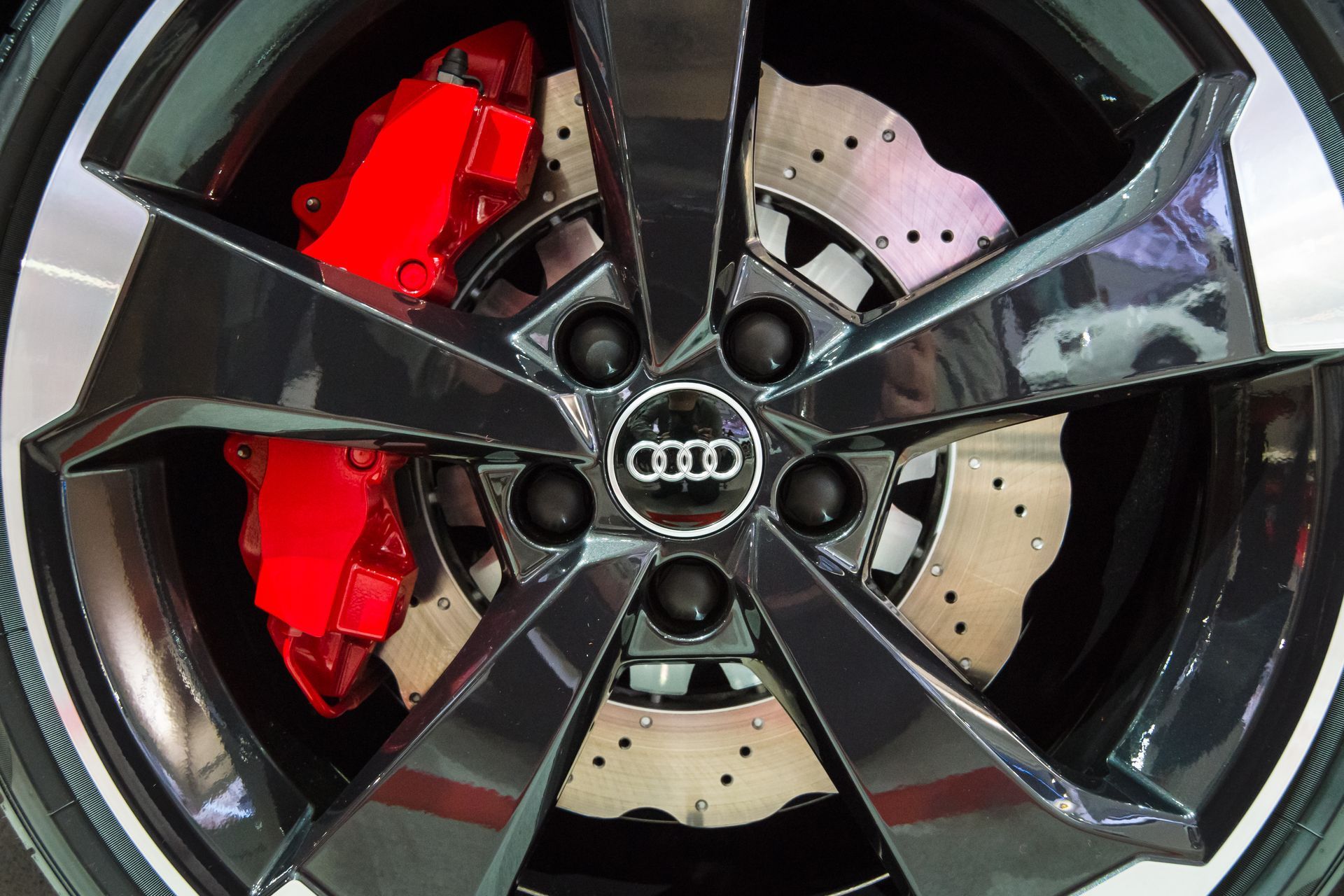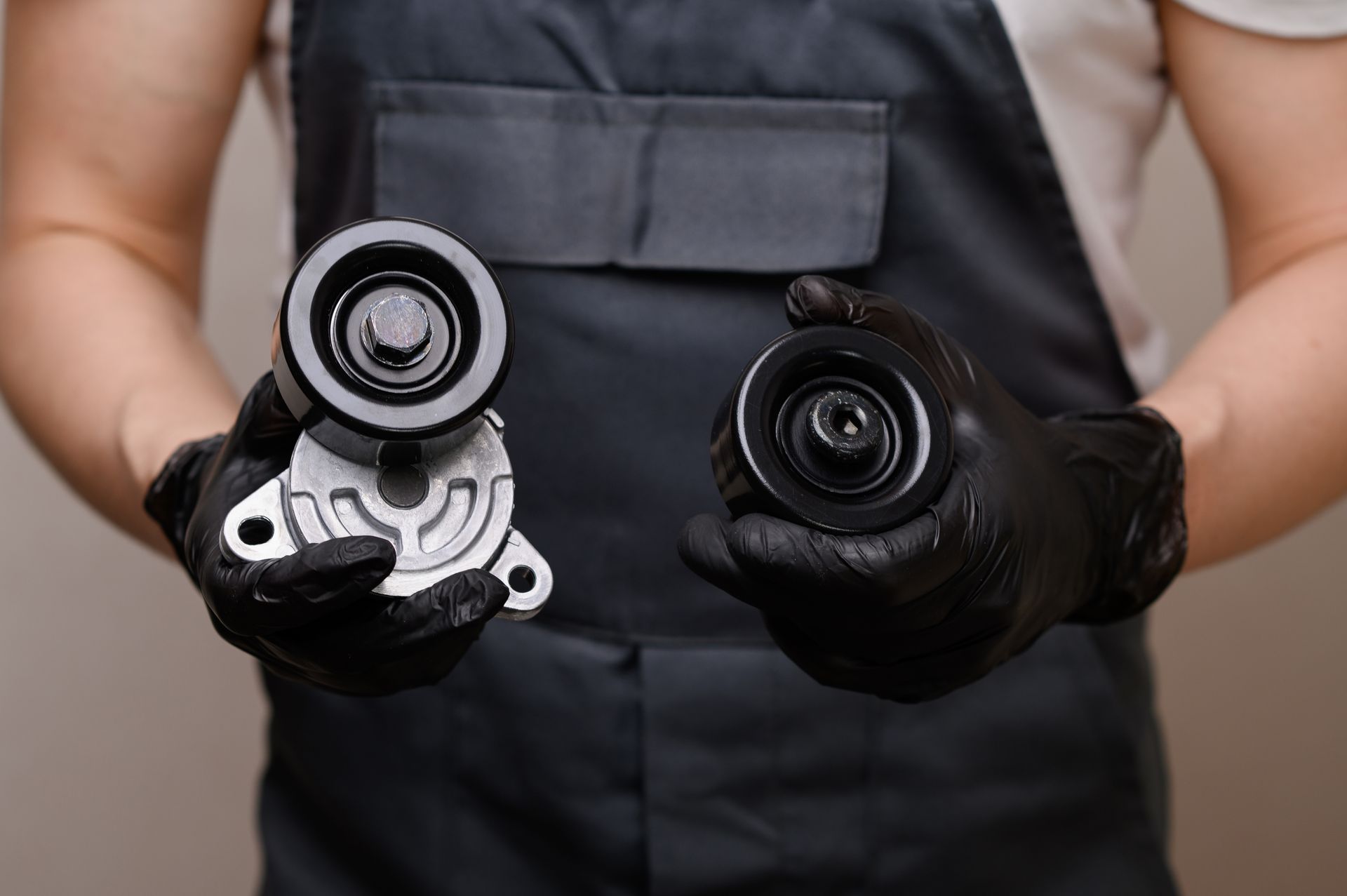Factors Influencing Audi & Porsche Oil Change Intervals: Dubwerx’s Cincinnati Guide

Owning an Audi A6 in Walnut Hills or a Porsche 911 Carrera through Mason comes with perks—precise handling, potent engines, and that unmistakable German engineering flair. But to keep your turbocharged TFSI or flat-six running at peak performance, it’s critical to tailor your oil-change schedule to the real-world factors that matter most. Here’s what Cincinnati drivers—from Terrace Park to Oakley—should know when it’s time to top off the lifeblood of their precision machines.
1. Driving Habits & Patterns
- Stop-and-Go vs. Highway Cruising – City commutes on Columbia Parkway, rush hour stops on Red Bank Road, or errands through Mariemont expose your engine oil to constant heating and cooling cycles—accelerating breakdown. Frequent highway runs on I-71 let oil run at steady temps, extending its protective life.
- Short Trips & Cold-Start Mileage – Drives under five miles (think quick hops to Oakley’s coffee shops) rarely bring oil to full operating temperature. Moisture and fuel dilution can build up, calling for more frequent changes.
2. Local Climate & Seasonal Extremes
- Summer Heat & Humidity – Cincinnati’s July highs and muggy Ohio River air put extra thermal stress on oil additives. High-performance engines in your Audi S5 or Porsche Macan benefit from fresher oil before summer’s peak.
- Winter Salt & Cold – Road salt corrodes internal engine parts; cold starts thicken oil, which strains your starter and reduces flow. Early-spring and late-fall oil changes help remove contaminants and protect seals.
3. Oil Grade & Manufacturer Specifications
- OEM-Approved Synthetic – Both Audi and Porsche demand specific viscosity grades and additive packages. For example, VW 504.00/507.00 specs for TSI engines or Porsche A40 spec for flat-six motors. Using a “budget” oil risks acid buildup and premature wear.
- High-Mileage or Performance-Blend Options – Models with over 60,000 miles—or those used on track days—may benefit from a performance blend with extra detergents and seal conditioners.
4. Engine Design & Performance Demands
- Turbochargers & Direct Injection – Audi’s TFSI turbos and Porsche’s turbocharged flat-fours run higher oil pressures and temperatures. Cleaner oil prevents carbon deposits on intake valves and protects turbo bearings from overheating.
- High-Revving Flat-Sixes – Porsche engines operate at elevated RPMs, which degrades oil additives faster. Shorter intervals ensure consistent film strength on bearings and camshafts.
5. Oil Filter Technology & Change Intervals
- OEM vs. Aftermarket Filters – Genuine Audi and Porsche filters meet micron-grade filtration standards. Third-party filters can allow ultrafine particles to recirculate—accelerating engine wear.
- Service Packages – At Dubwerx, every 5,000-mile oil change pairs with a high-flow OEM filter swap to maximize engine protection, as well as a comprehensive courtesy inspection.
6. Real-World Data: Inspections & Oil Analysis
- Photo-Backed Multi-Point Inspections – When you bring your car into our Madisonville location, we perform a complimentary inspection—snapping high-resolution photos of filters, hoses, and seals.
- Oil Sample Testing – Interested in a custom interval? We can pull a small oil sample for lab analysis—measuring contamination, viscosity loss, and additive depletion to recommend your ideal change cadence.
Ready to Dial In Your Oil Change Plan?
At Dubwerx, we pair advanced VAG-COM (for Audi) and PIWIS-level (for Porsche) diagnostics with industry-leading synthetic oils and OEM filters. You’ll leave with a clear, itemized report—photos included—so you know exactly why we recommend changing your oil today versus next month.
- Book your Audi or Porsche oil service at Dubwerx.com
- Follow us on Facebook & Instagram for seasonal tips and neighborhood-specific specials
- Share this guide with fellow Cincinnati enthusiasts—from Walnut Hills to Columbia-Tusculum
#Dubwerx #AudiCare #PorscheCare #CincinnatiCarTips #GermanEngineering
